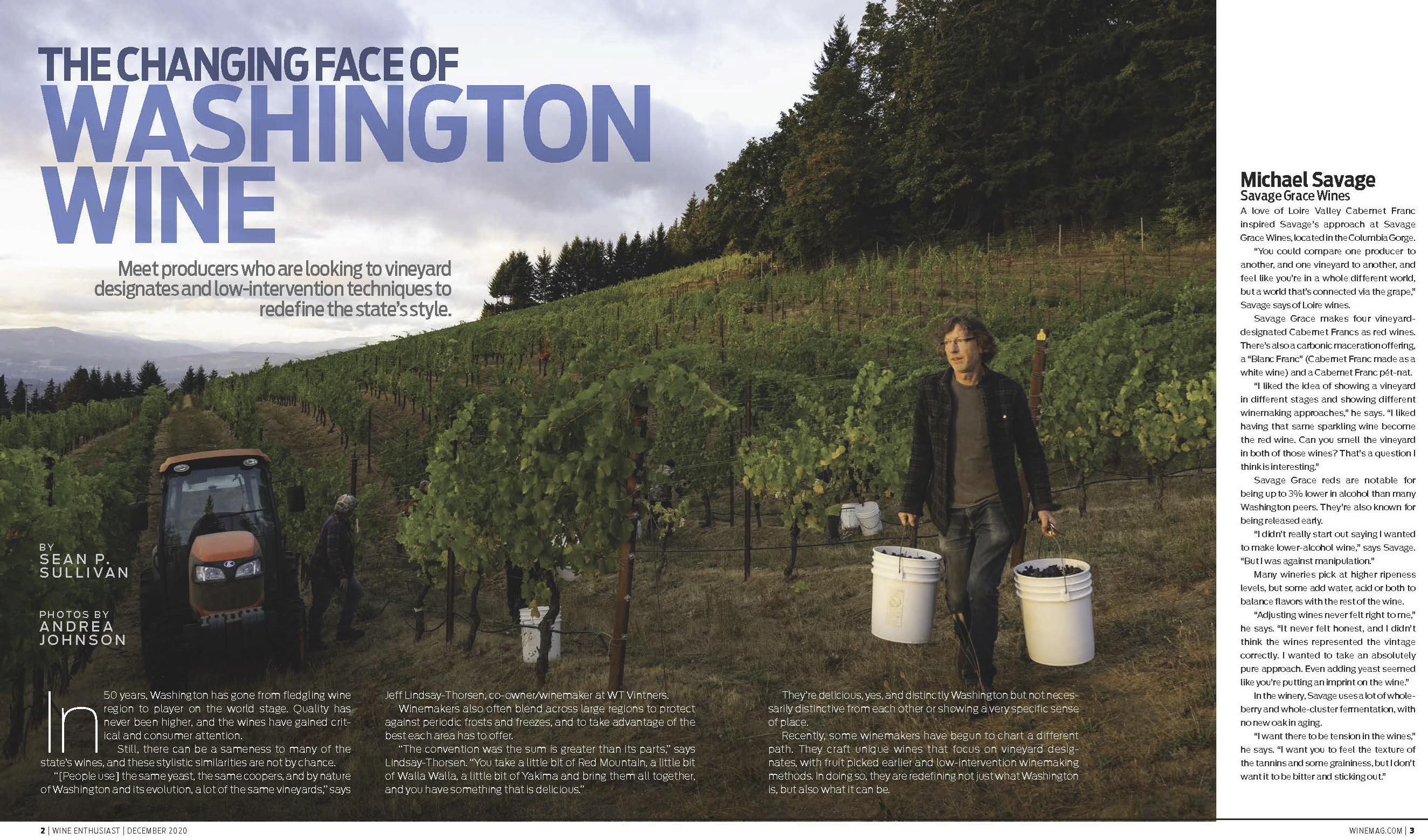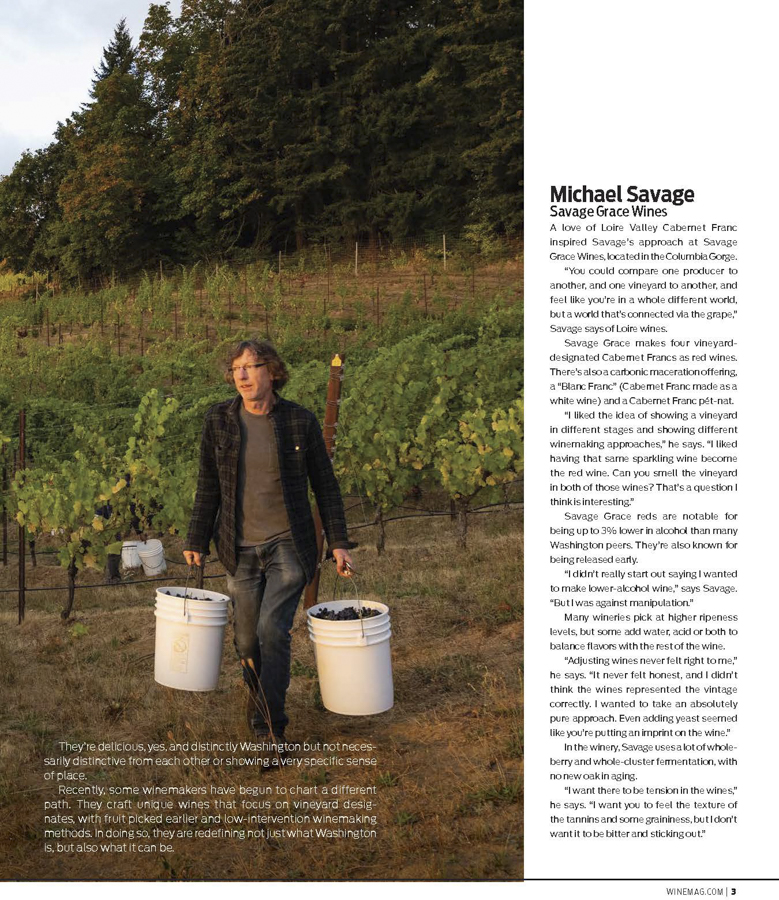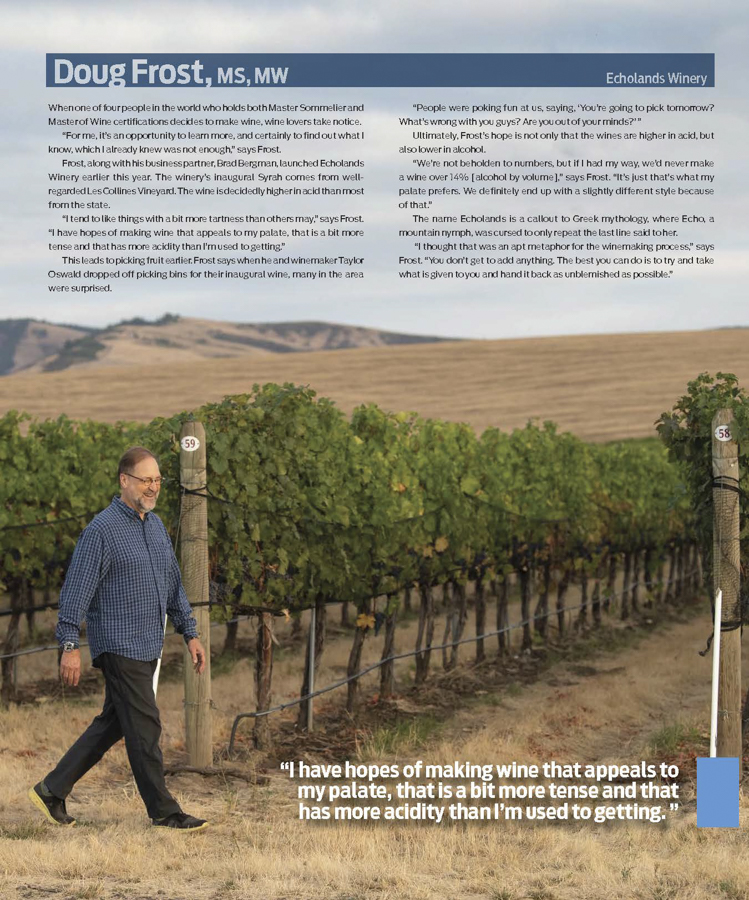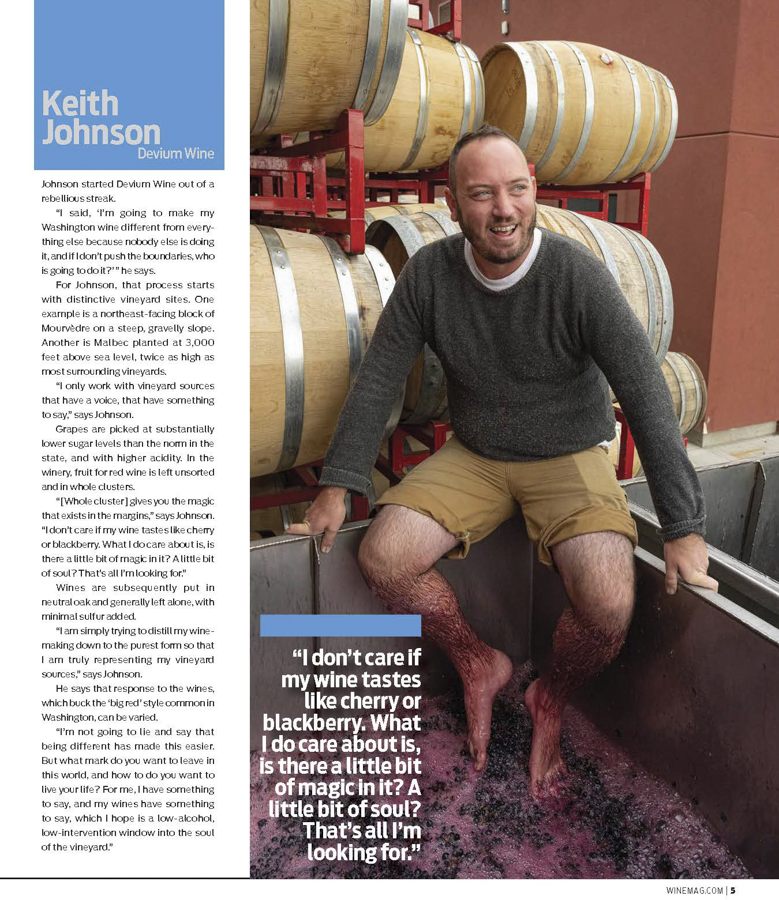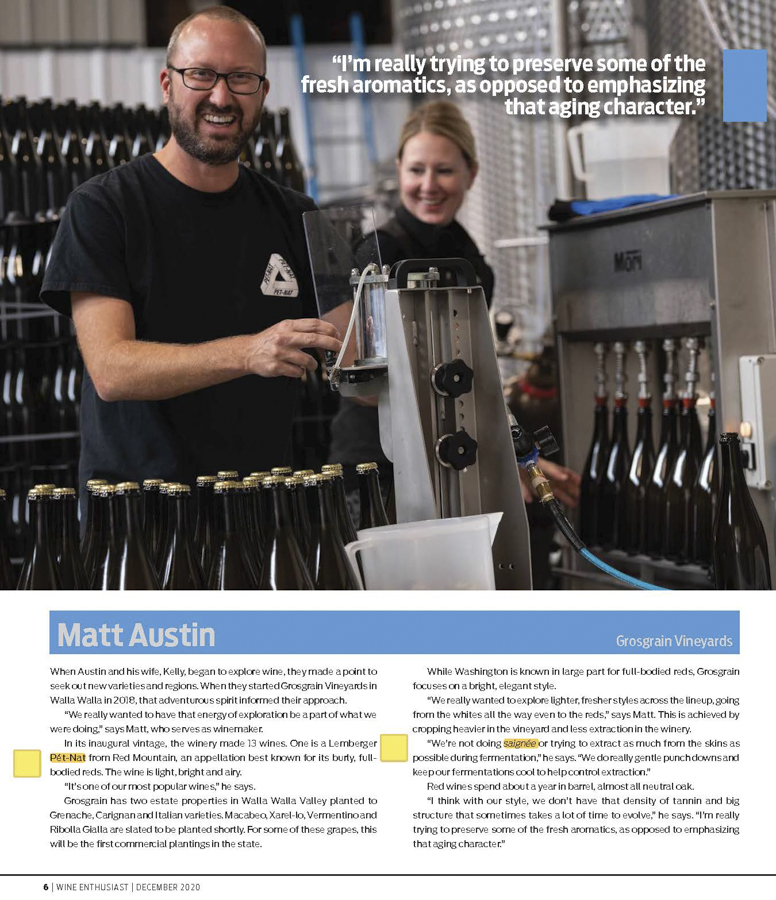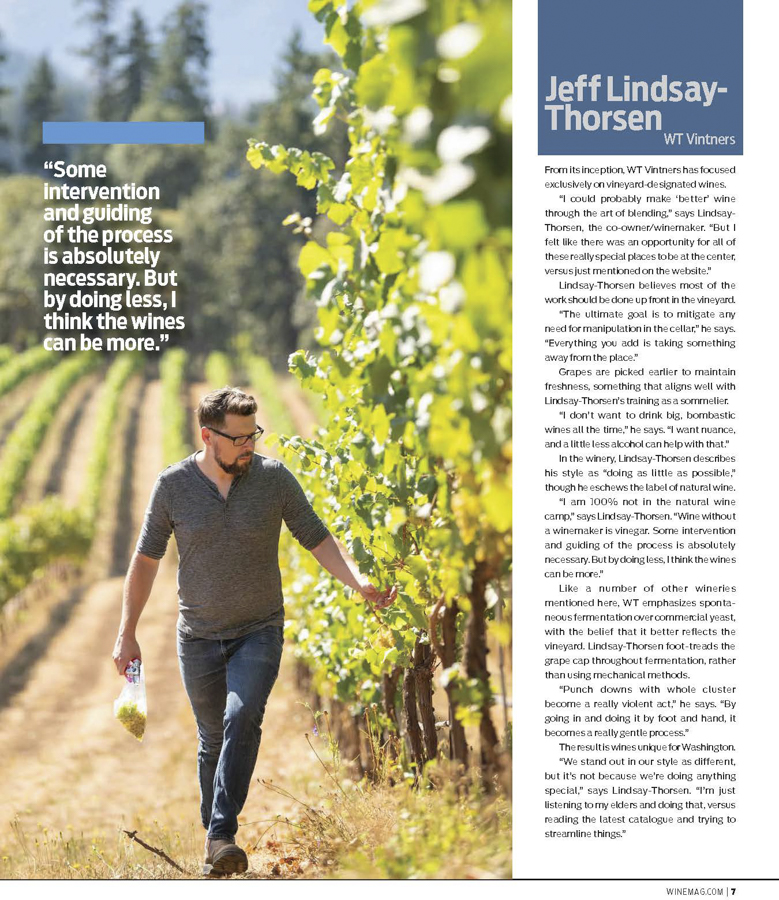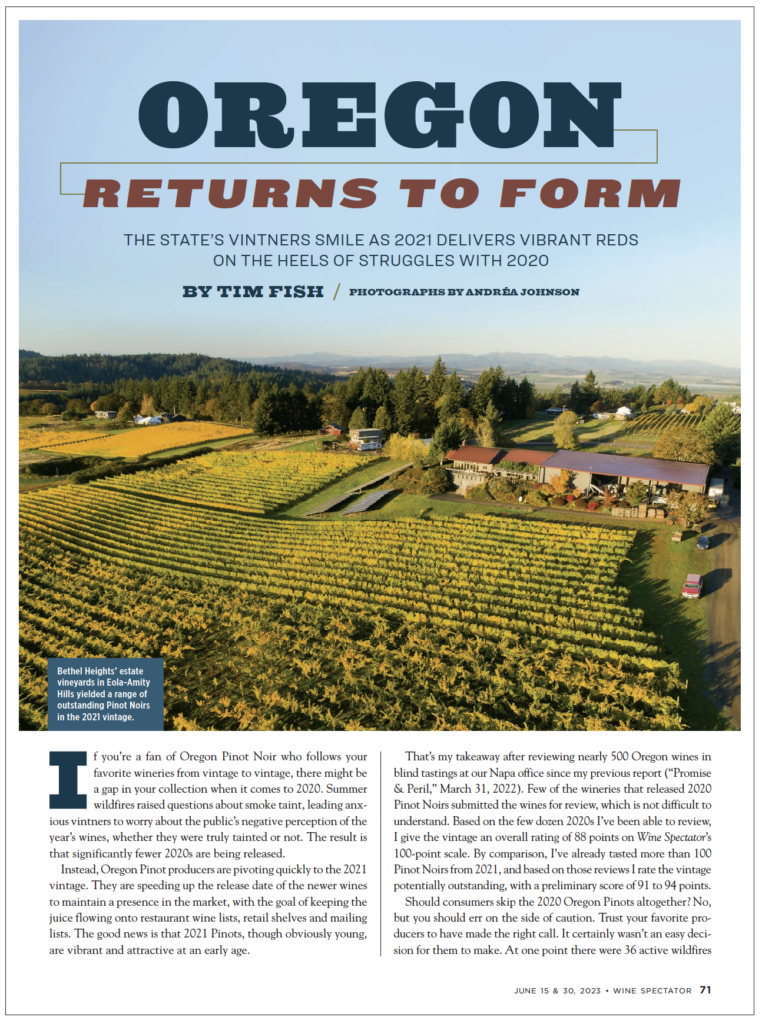
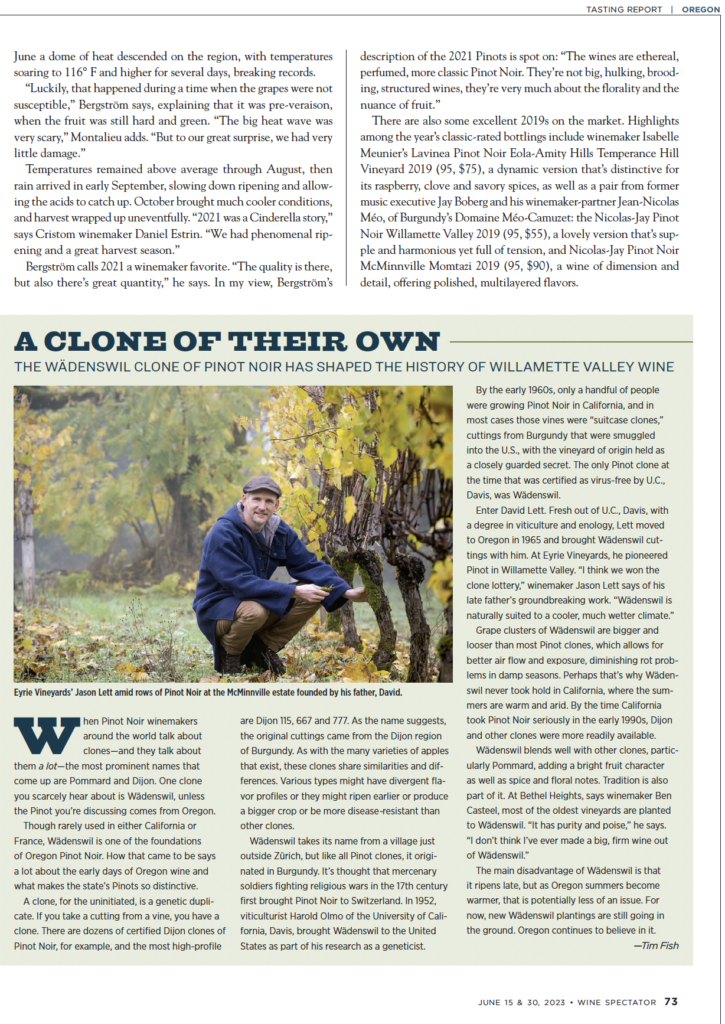
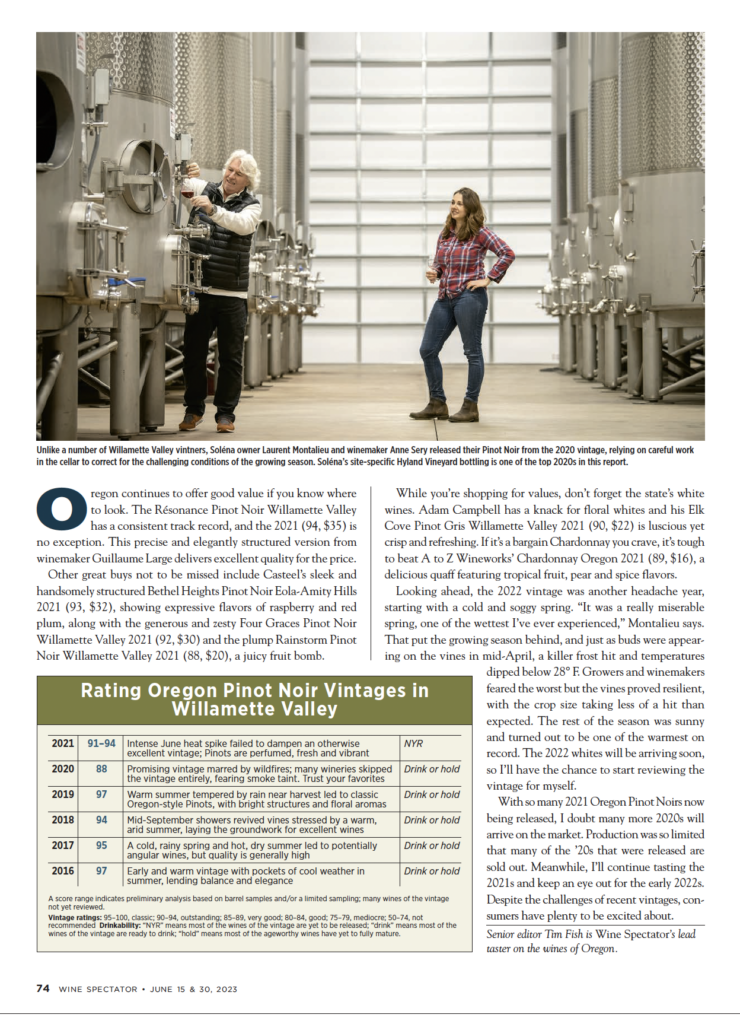

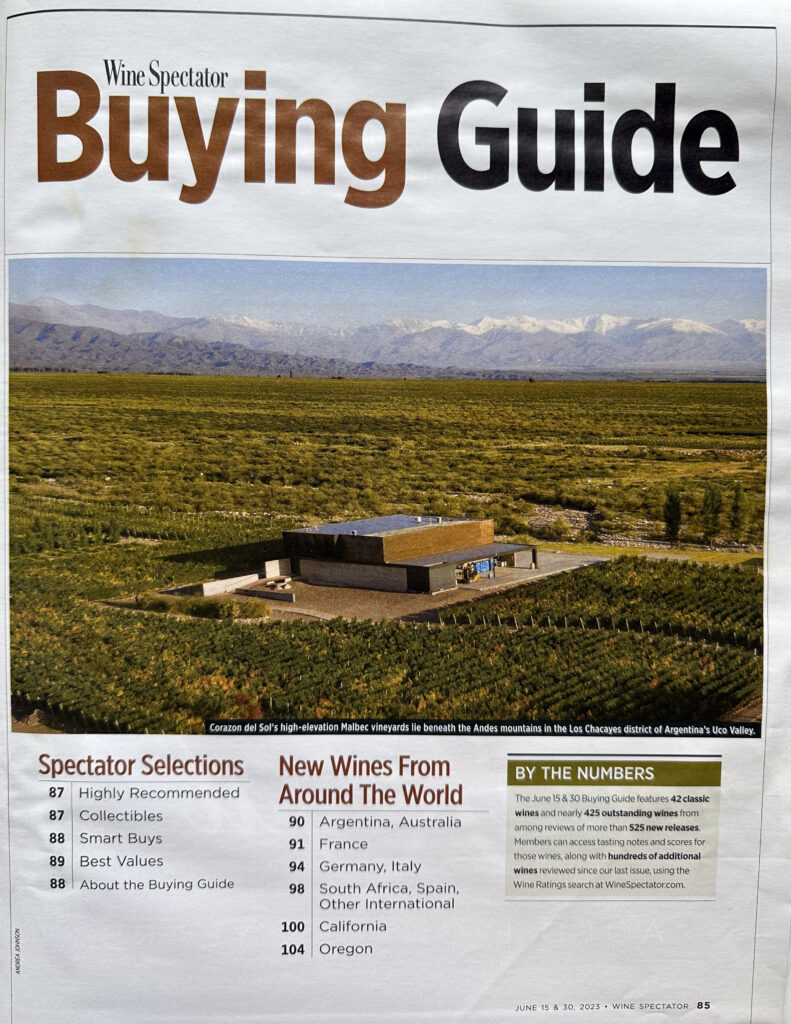





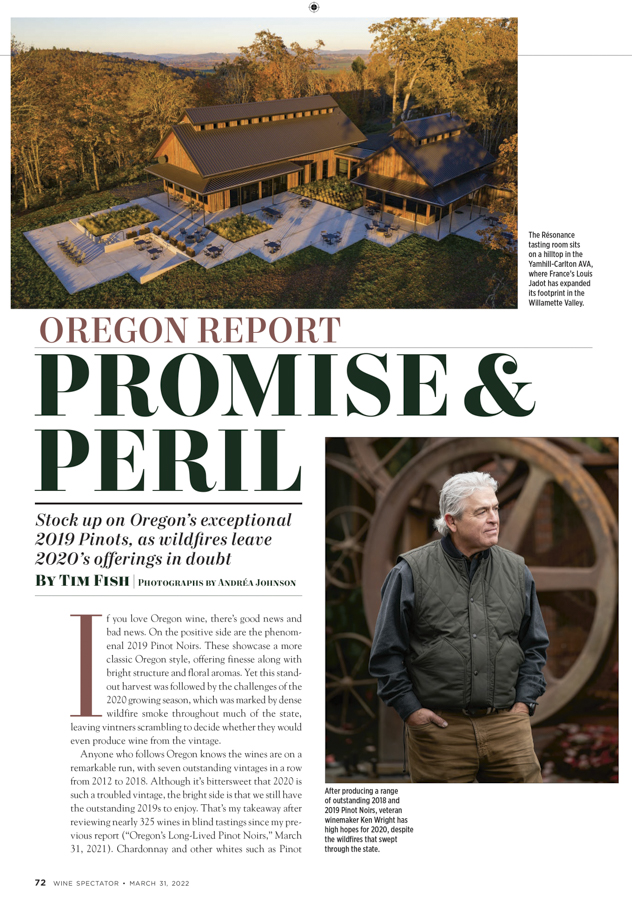
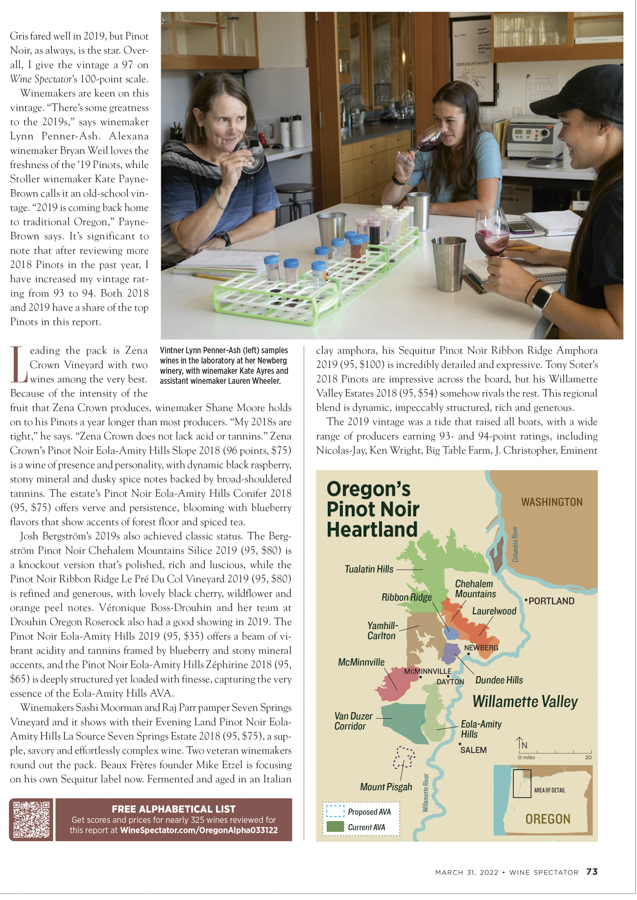
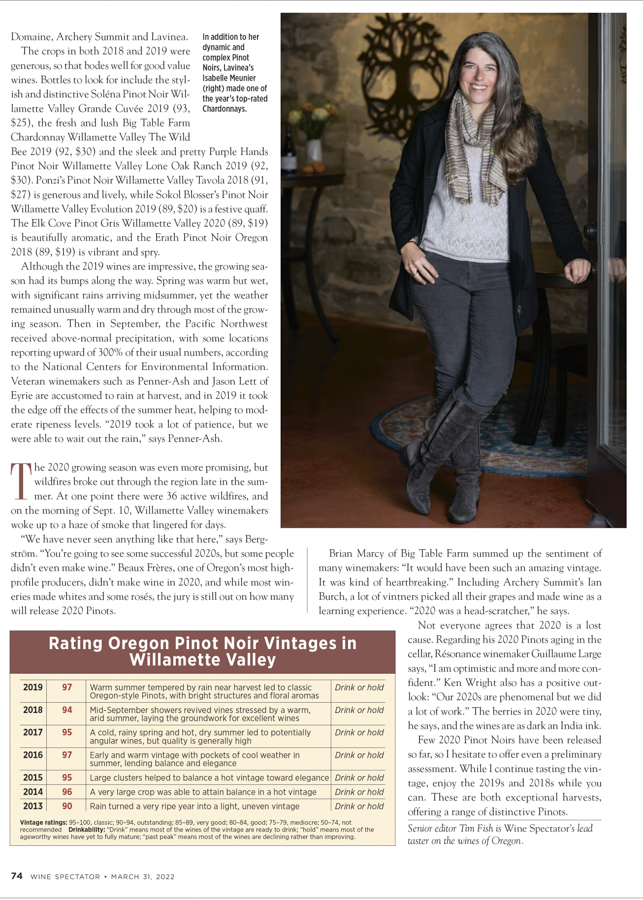
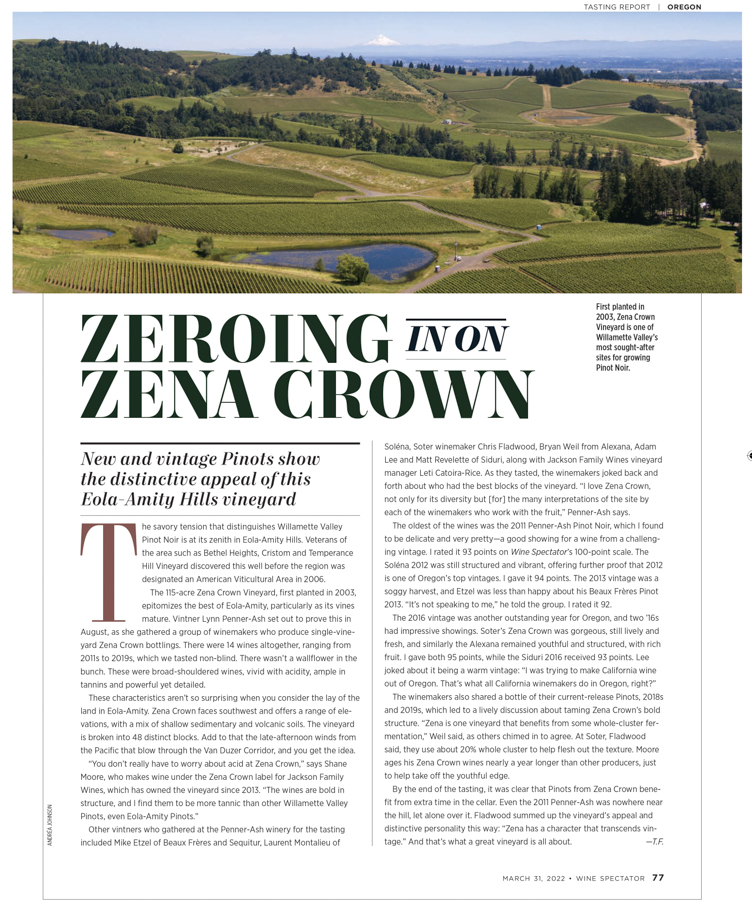
I’m regularly asked for tips by wineries, marketing & public relations firms, and wine associations how to create an effective image library. Specific needs include utilizing photos on websites to inspire consumers to visit, in press releases to gain more editorial exposure & in advertising campaigns to increase awareness for the region. Since 2003 I’ve created over 100 photo libraries for wineries & tourism associations, where my background as a photojournalist has helped me craft an impactful story through imagery.
In Cole Danehower’s presentation “Optimizing your Brand’s story”, he moderated a panel of journalists & PR agencies for winery specific marketing tips. Here’s a summary of quotes on the importance of photography: “Those with the best pictures win, if you’re only going to do one thing this year for your marketing, invest in photography & partner with a photographer that understands your brand and their style reflects your story” “Images are the new headline. 90% of info transmitted into our brain are visual, visuals transmit 60,000x faster than text, and photos are so easy to share.”
Since 2009 I’ve increasingly expanded my expertise into building video b-roll libraries for wineries & tourism organizations. One of the key lessons I’ve learned in video is that you can never have too much video b-roll to use for projects. More planning is needed to create video b-roll libraries, but the same principles apply – timeless, sense of place, storytelling video clips with compelling visuals to captivate the viewers attention.
When carefully planned, video and photography can be captured on the same shoot; this is especially relevant for events like harvest, spectacular sunsets or sunrises, and lifestyle shoots involving many models and styling where it would be cost prohibitive or impossible to reproduce the same scene on different days. Several cameras can be set up to capture the action from multiple angles, including time-lapse, drone aerials, adding camera motion with a slider or jib, etc, and ideally two shooters work in close tandem with similar aesthetics for each scene.
Examples from my Drone Reel of wine regions around the world, each with a distinct sense of place:
I’ve compiled main tips I’ve learned in the past two decades from photo and video requests from magazine editors, designers, and tourism organizations:
#1 request – Sense of place. What does this mean? A photo or video of a vineyard can look like any other vineyard around the world unless care is taken to focus on the land’s unique aspects in the best light. It’s very challenging to tell a compelling, unique story in just one photo, but with reduced editorial space and attention spans this can be the critical deciding factor if you get coverage.
Mt. Hood is an iconic backdrop to many of Oregon’s wine regions, and with people in the landscape it helps the viewer visualize creating this experience for themselves.
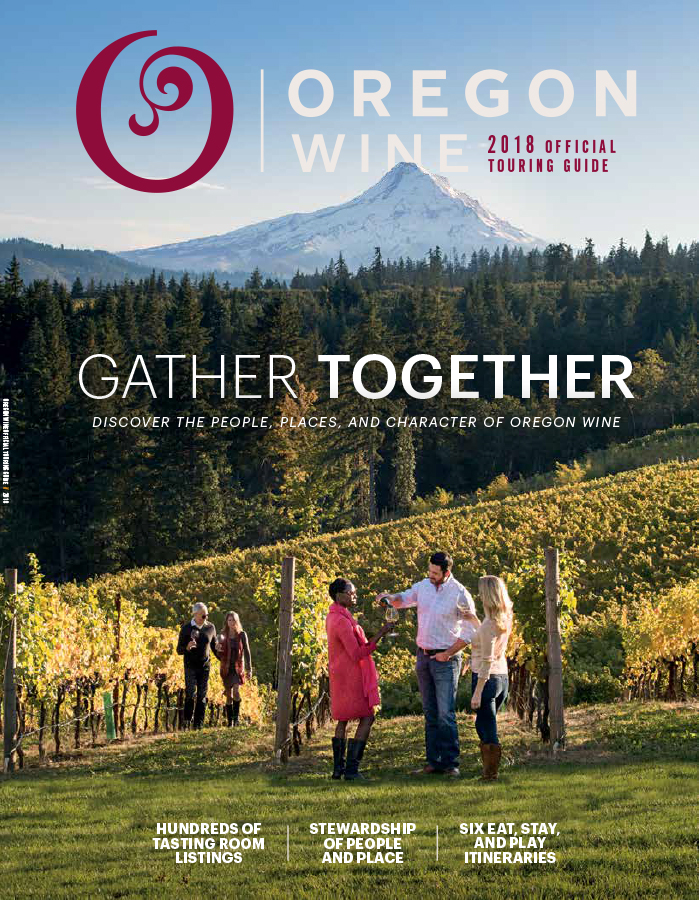
This aerial photo of Penner-Ash winery & estate vineyard has been on two magazine covers, the opening spread in the Wine Spectator Oregon story, and countless other stories and marketing collateral:
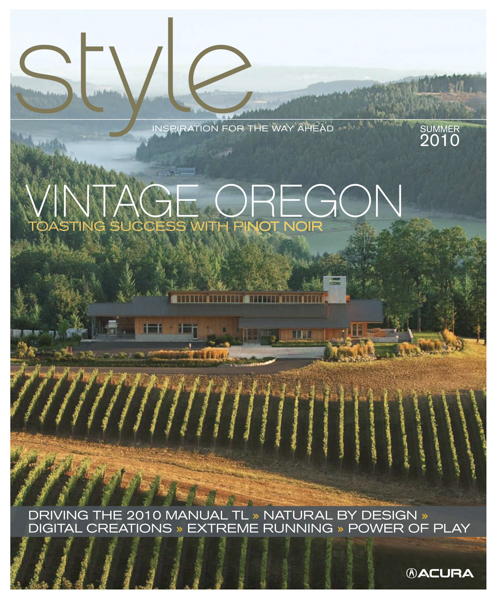
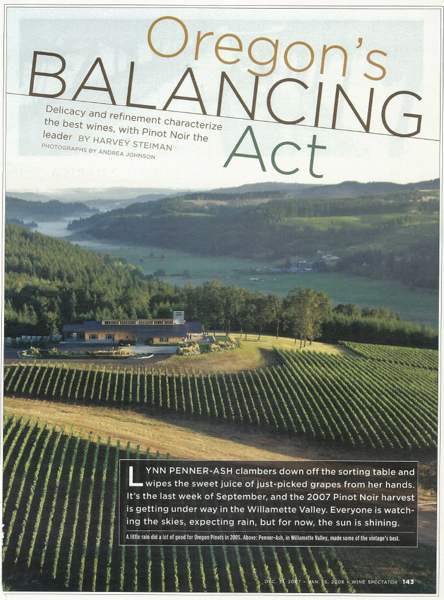 Aerial photography & video is one of the best ways to convey a sense of place
Aerial photography & video is one of the best ways to convey a sense of place
Dramatic weather or lighting always captures attention:
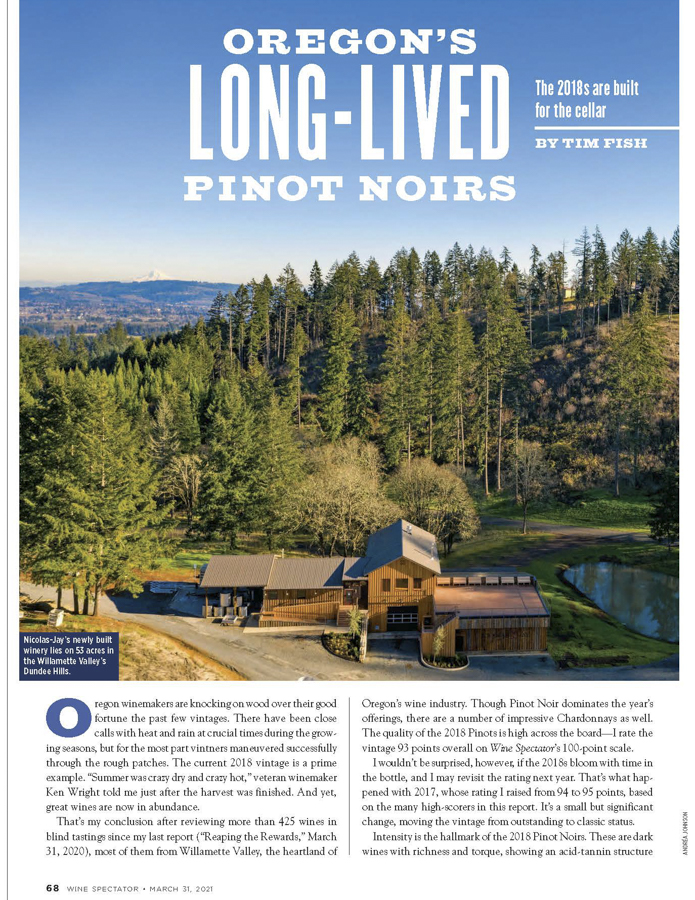
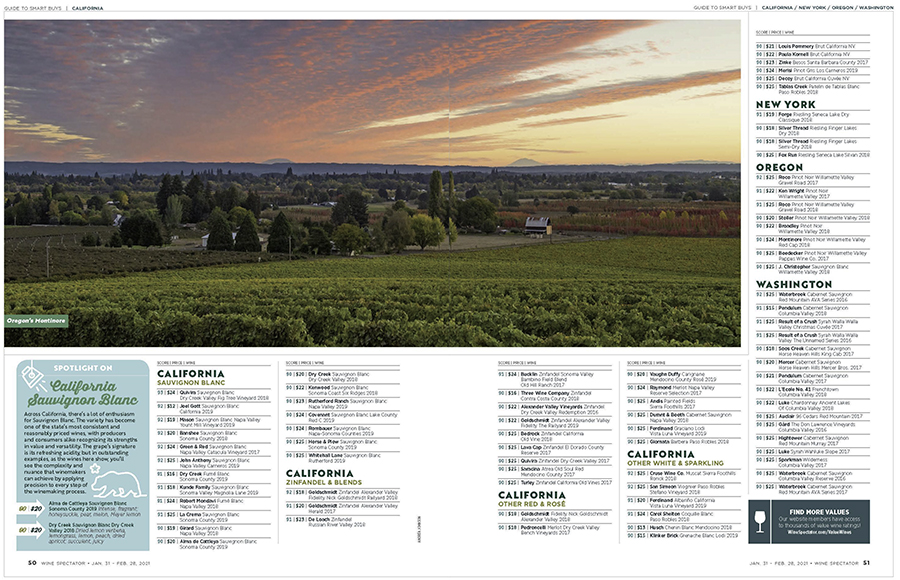
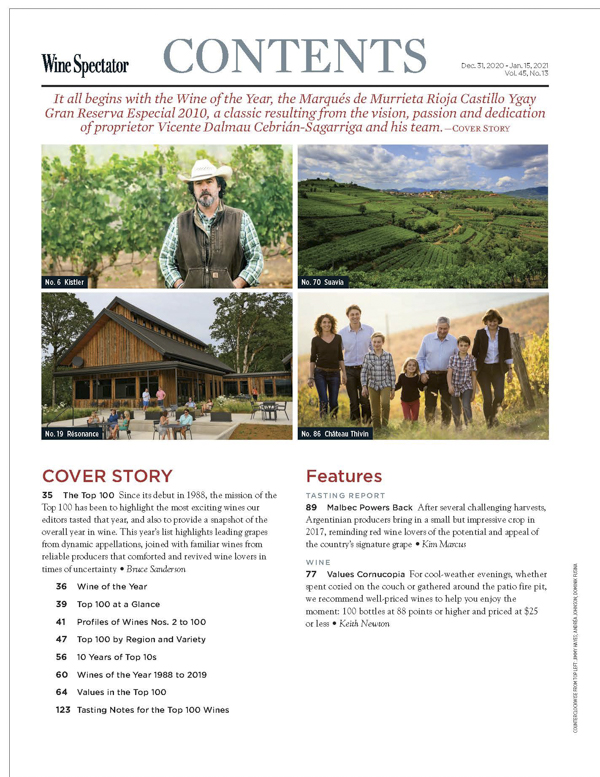
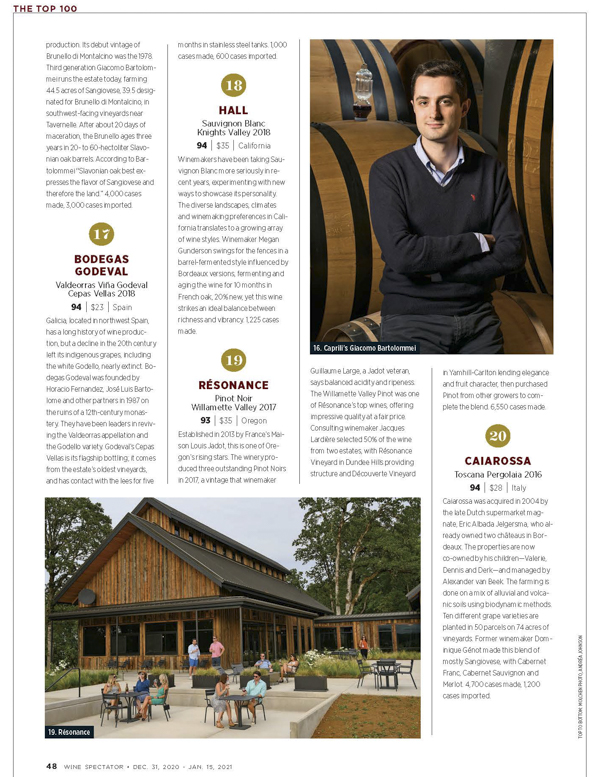
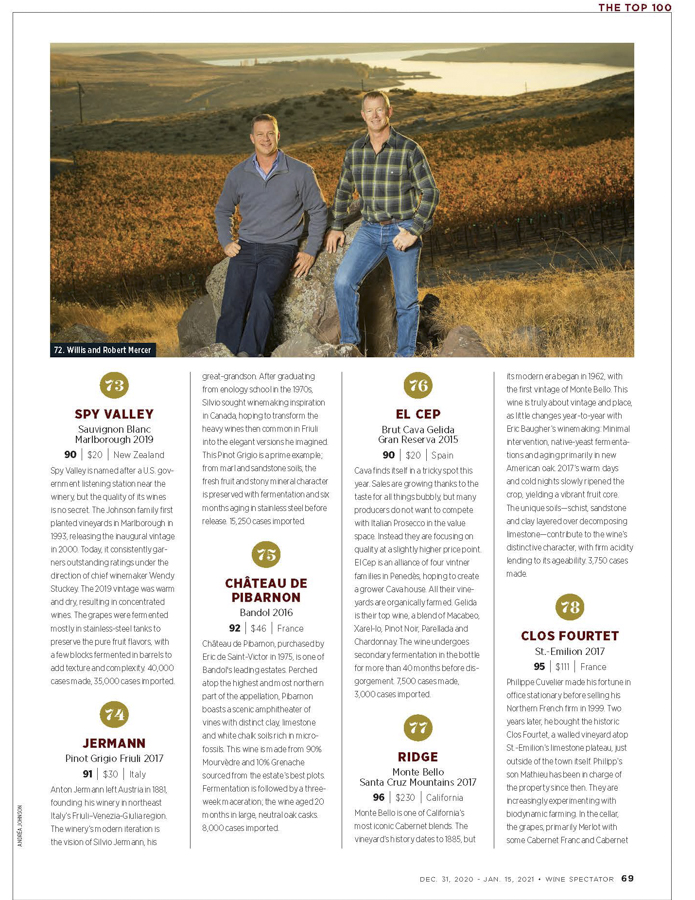
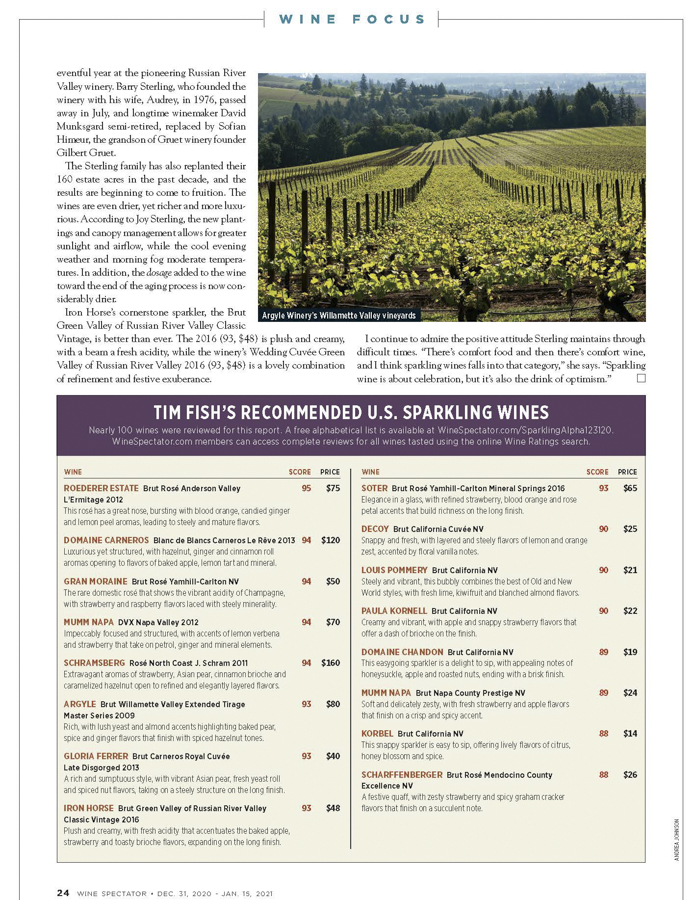
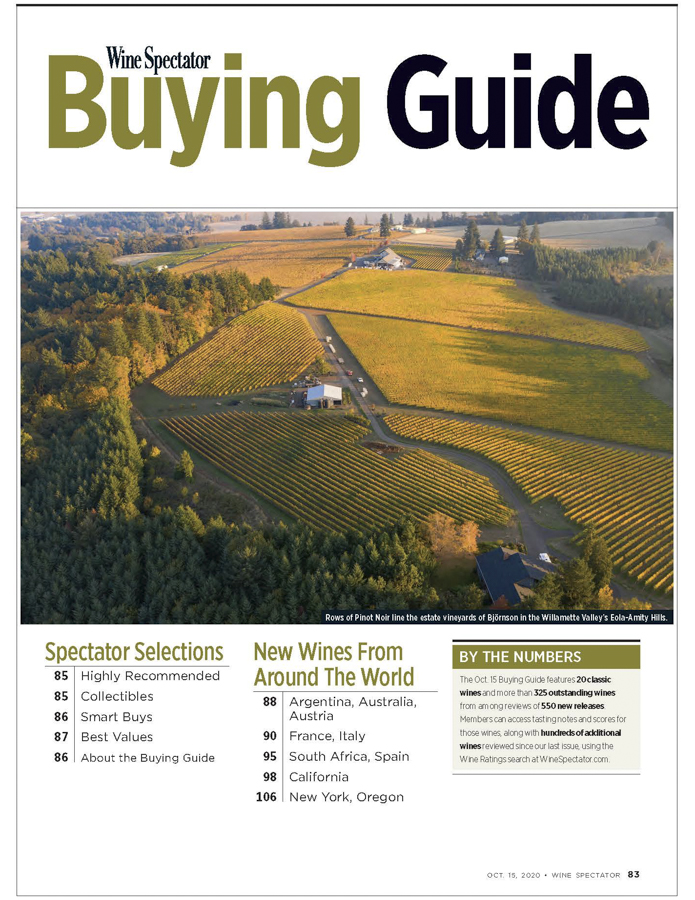
THE CHANGING FACE OF WASHINGTON WINE by Sean Sullivan:
